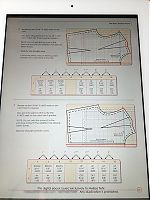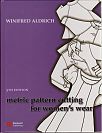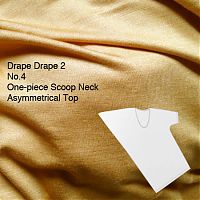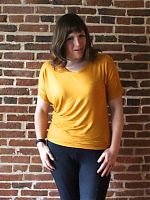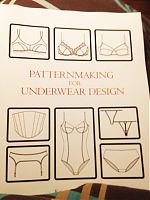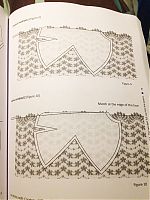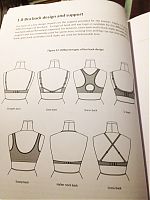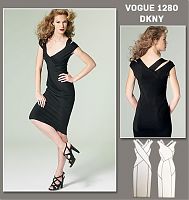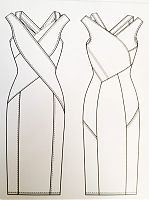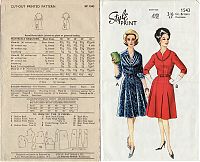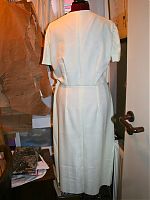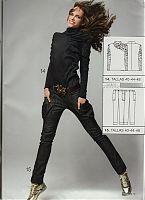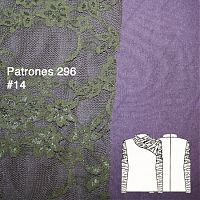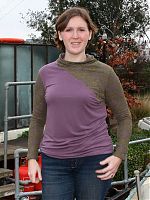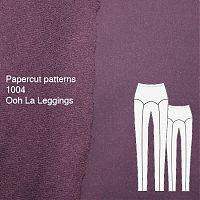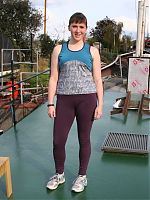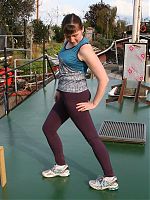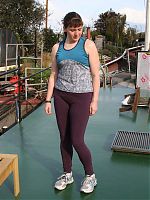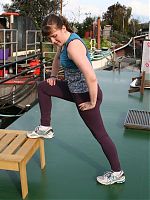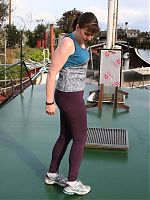I’ve got not one, but two books to talk about today, both on the subject of pattern grading, which, to be honest, has hardly any books published on the topic and seems to be a bit of an industry secret or something.
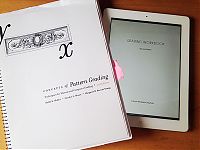
If you’re not familiar with what pattern grading is – it’s the process of taking one pattern and adding or subtracting amounts at various points to make it another size, or multiple sizes. This isn’t just a simple equation of “well, size Y is twice as big as size Q” because humans’ shapes don’t grow at the same rate (ie: the difference between a size 0 and a size 18’s shoulders aren’t likely to be as great as the difference in hip sizes). In general, the measurements around the body change much more than the vertical measurements, so you need to follow some rules to know how far to move different points and in which directions.
Now, there’s an old-fashioned way of doing this with paper patters, scissors, tape, a special “grade ruler”, and several hours of your time, and this was covered pretty extensively in the September 2014 Threads Magazine (#174). In my personal opinion, this is fine if you only want to change one pattern to one other size, for instance if you have a vintage pattern but want it in your own size. Doing more than one size this way is a great way to end up throwing everything into the bin after several hours of swearing.
In my opinion, the far less stressful way to do pattern grading is digitally. You select a point, tell your software (like Adobe Illustrator) to move it xx cm vertically and yy cm horizontally, and you do that to all the points around the pattern. No taping, no cutting, and no weird ruler. Plus it’s way more accurate. So with this in mind, my reviews of both books are skewed heavily towards how they deal with digital drafting.
Let’s look at “Grading Workbook” by Connie Crawford first. It’s been out as a print book for a while, but I bought an early edition of the pdf ebook last year, which has been extensively cleaned up and digitised. I checked about a month ago, and there haven’t been any revisions so the copy I’m reviewing here is indeed current.
The book is targeted at someone who has some knowledge of pattern drafting, but is a beginner at pattern grading – most home sewists would be able to follow along with the introductory chapters which explain the methods and theory, and how to select different grades.
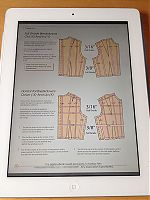
For each of the grade tables (ie: bodice, skirt, sleeve, stretch, child, etc), there are a few pages which show which point is being selected and which direction to move it, shown in a series of diagrams, like these two:
